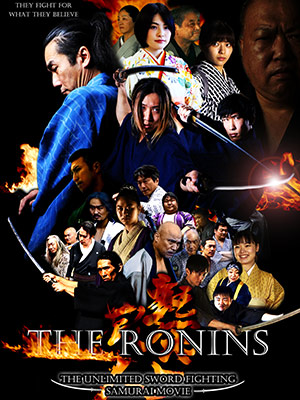After Wada came such leaders as Shinano, Hosokawa, Miyoshi, Matsuura, Nakamura, Koide, Matsudaira, and in 1640 Okabe Nobutaka came to power. His regime lasted for 13 generations until the Meiji era. Kishiwada Castle is also called "Ibuseyama-Chikiri-Castle." Chikiri is a tool used to wind a warp, and it is said that the shape formed by linking Honmaru, and Ninomaru, greatly resembles the shape of chikiri.
In 1827, the five-layered-castle-tower was burnt down by lightning and in 1954 3 stories castle tower was reconstructed.
Kishiwada Castle site was designated as a historical site of Osaka Prefecture.
Hachijin-no-niwa Garden
Mirei Shigemori, a leading garden designer at that time, designed and built this garden in 1953. For this dry garden with no green, he chose the Chlorite schist from Okinoshima Island in Wakayama and the white sands from Shirakawa River in Kyoto. He examined each stone for the garden by himself. The theme of this garden design is "Ba Zhen Tu," the eight elements battle formation of Zhuge Kongming. The stones are placed at the eight corners of this garden to symbolize the eight elements heaven, earth, winds, clouds, dragons, tigers, birds and snakes. The biggest stone which symbolized the commander is at the center of it.
He carefully built the garden with no damage to the castle ruins. To provide the best sight from the Tenshukaku, the main tower, which was planned to be reconstructed, he gave much attention to the bird's-eye view of this modern garden.






